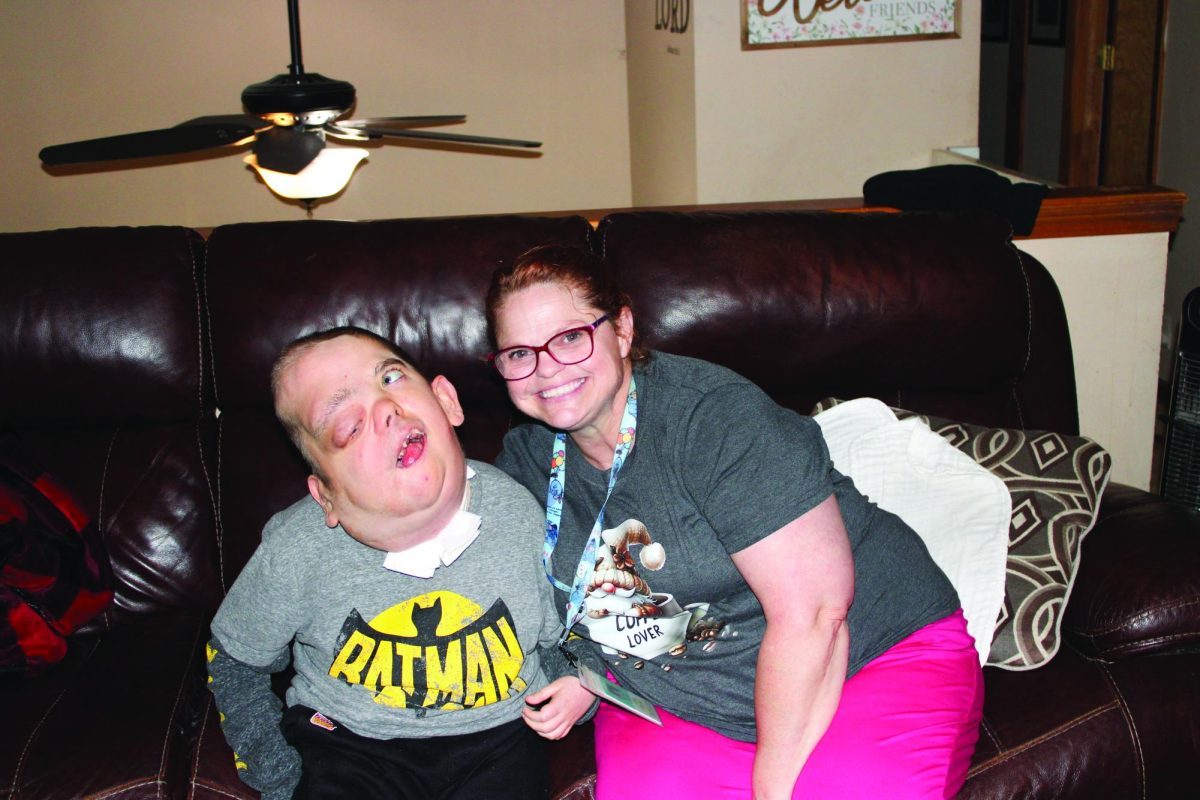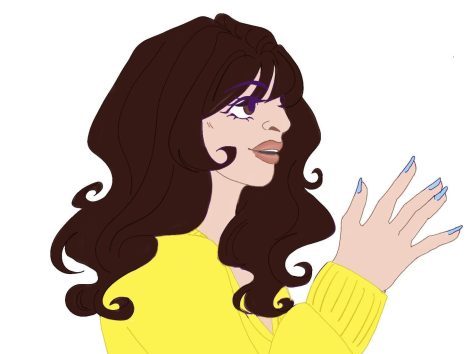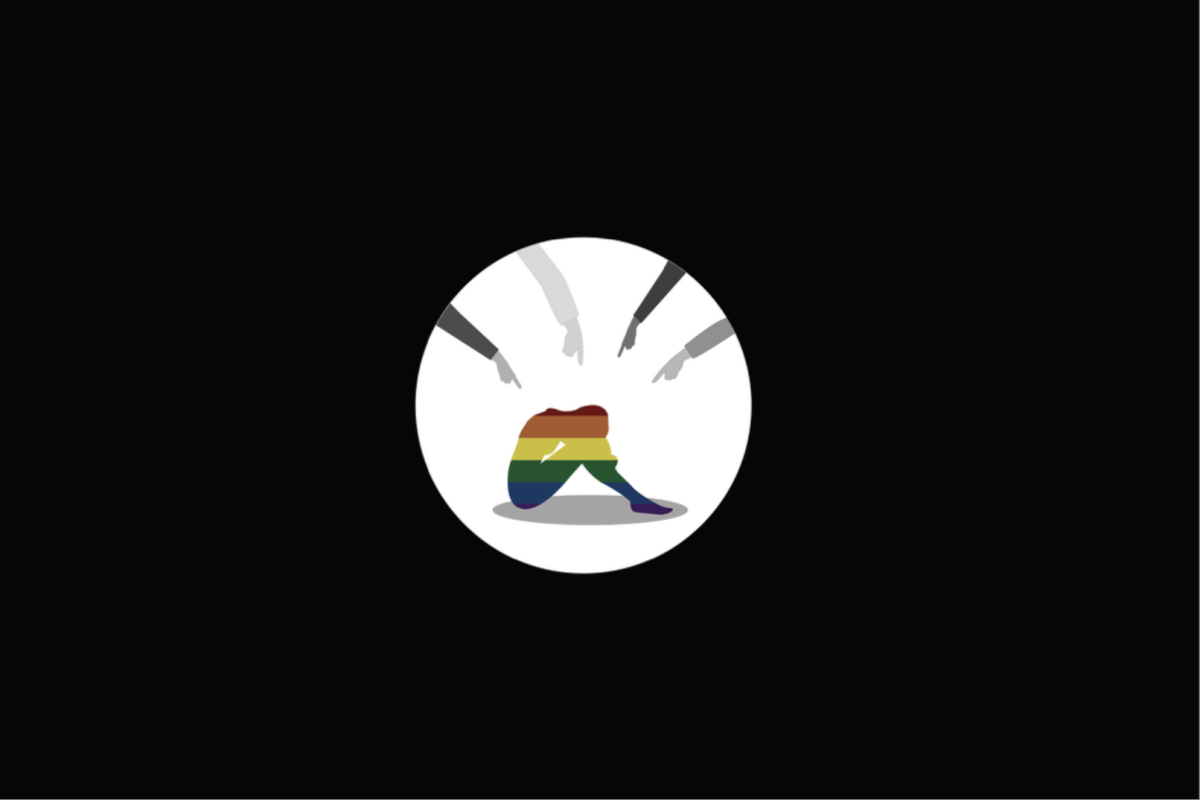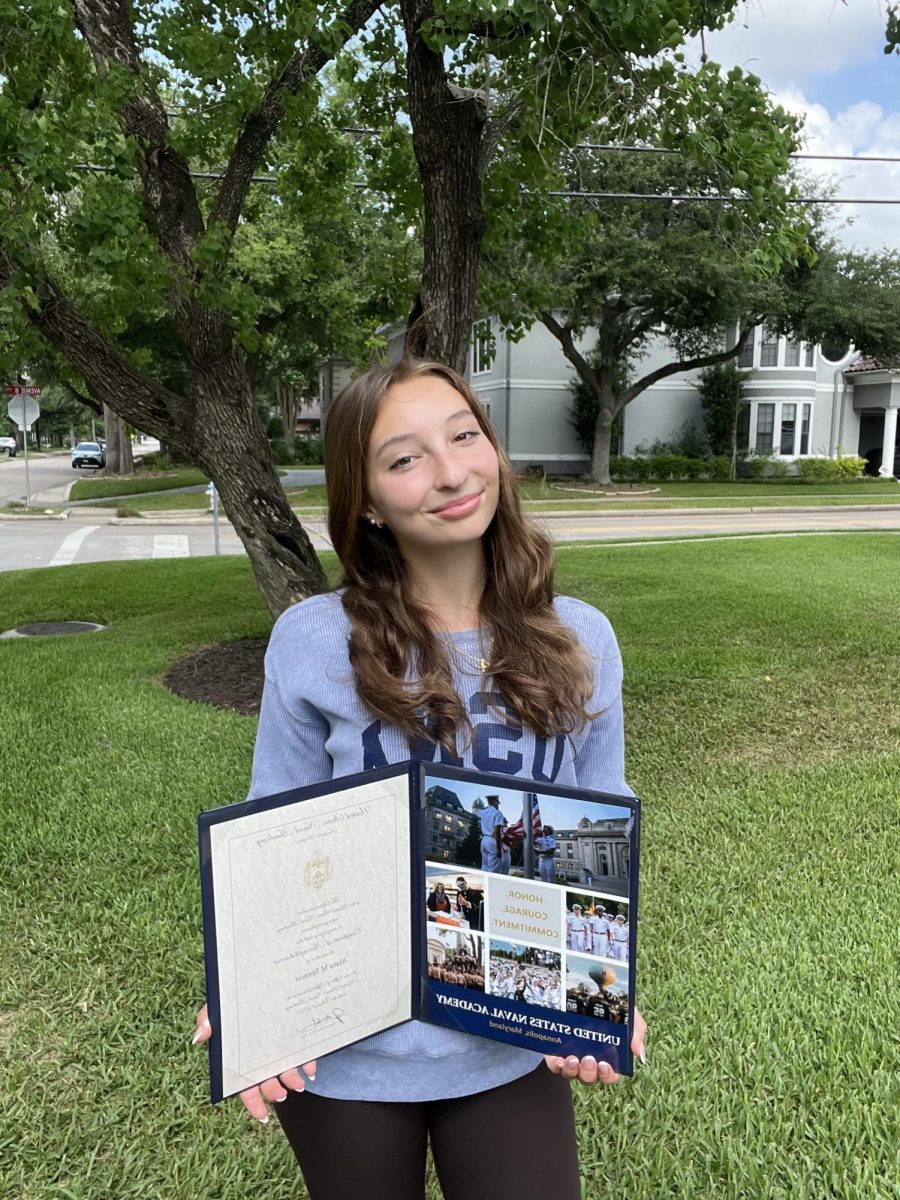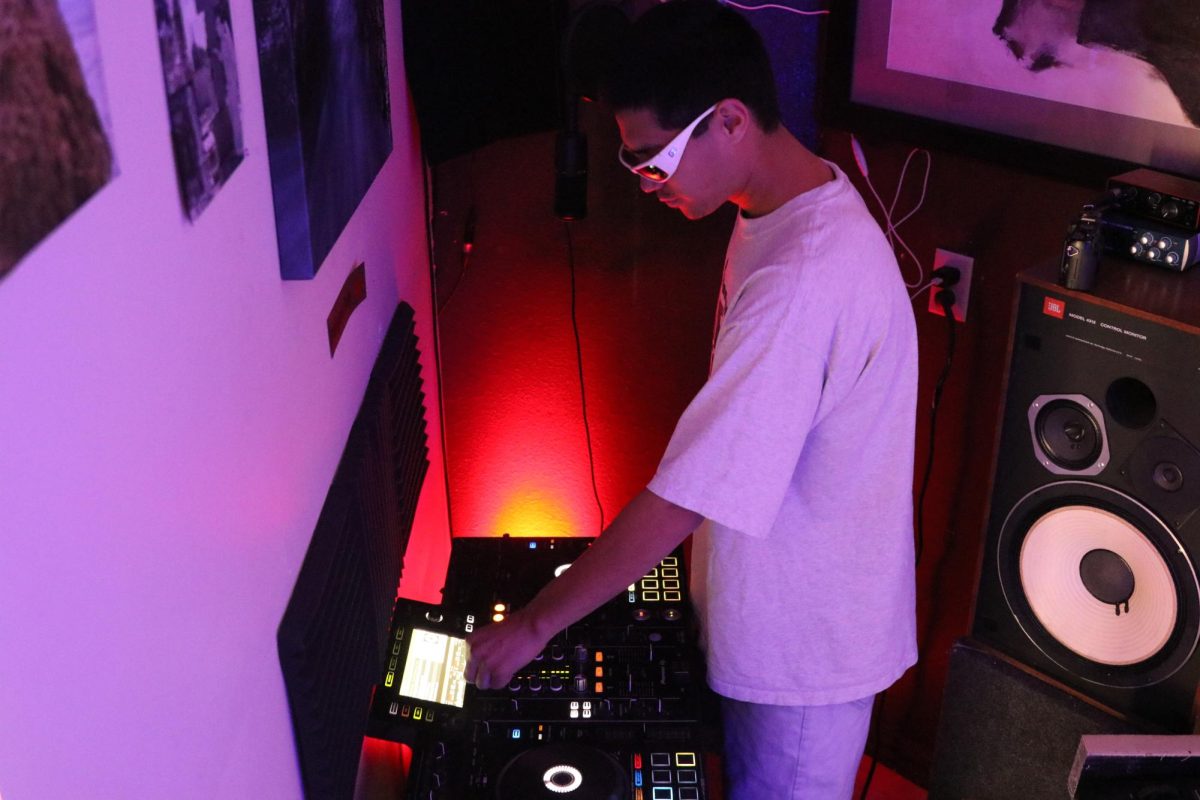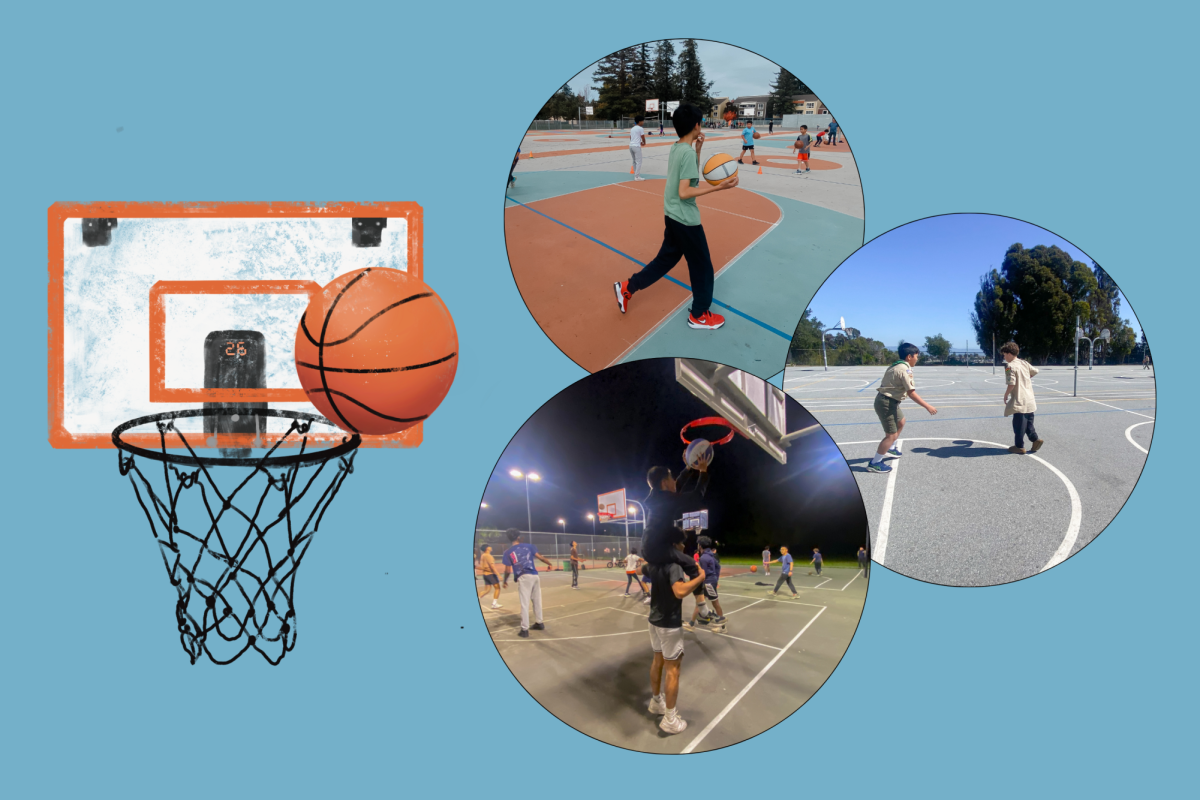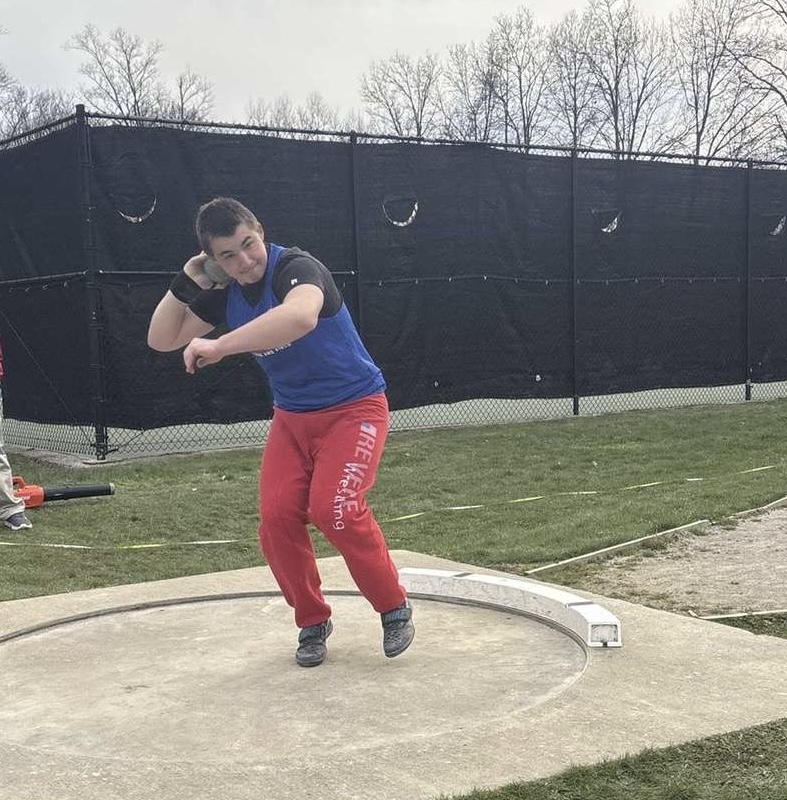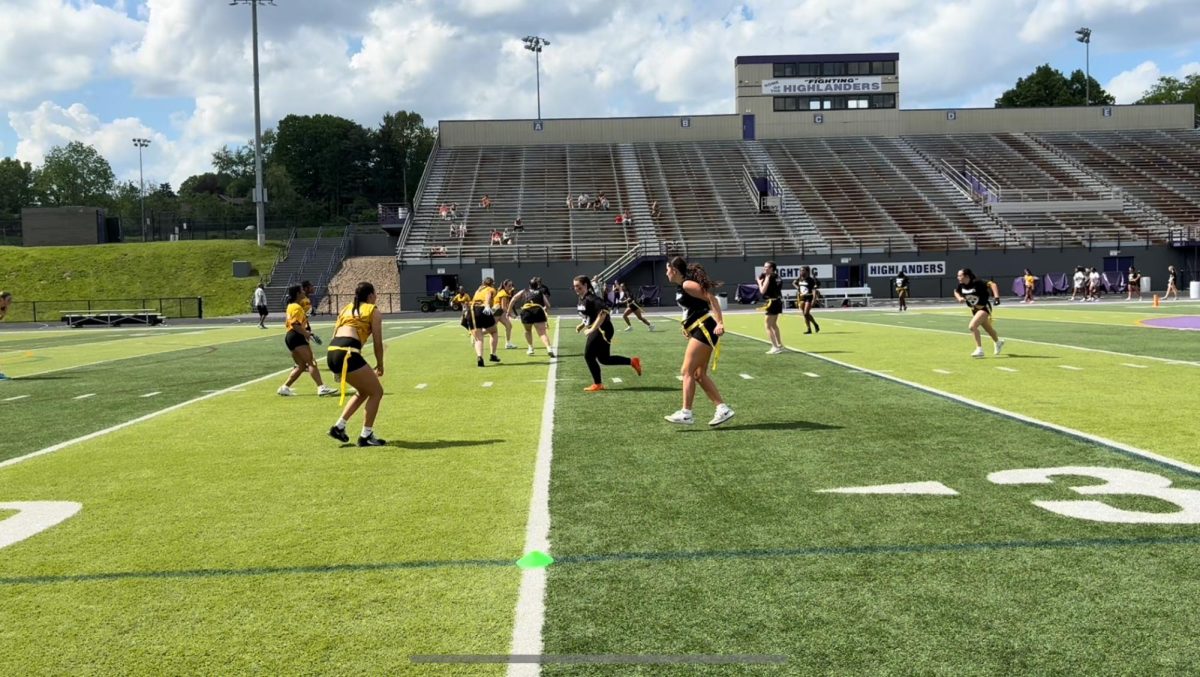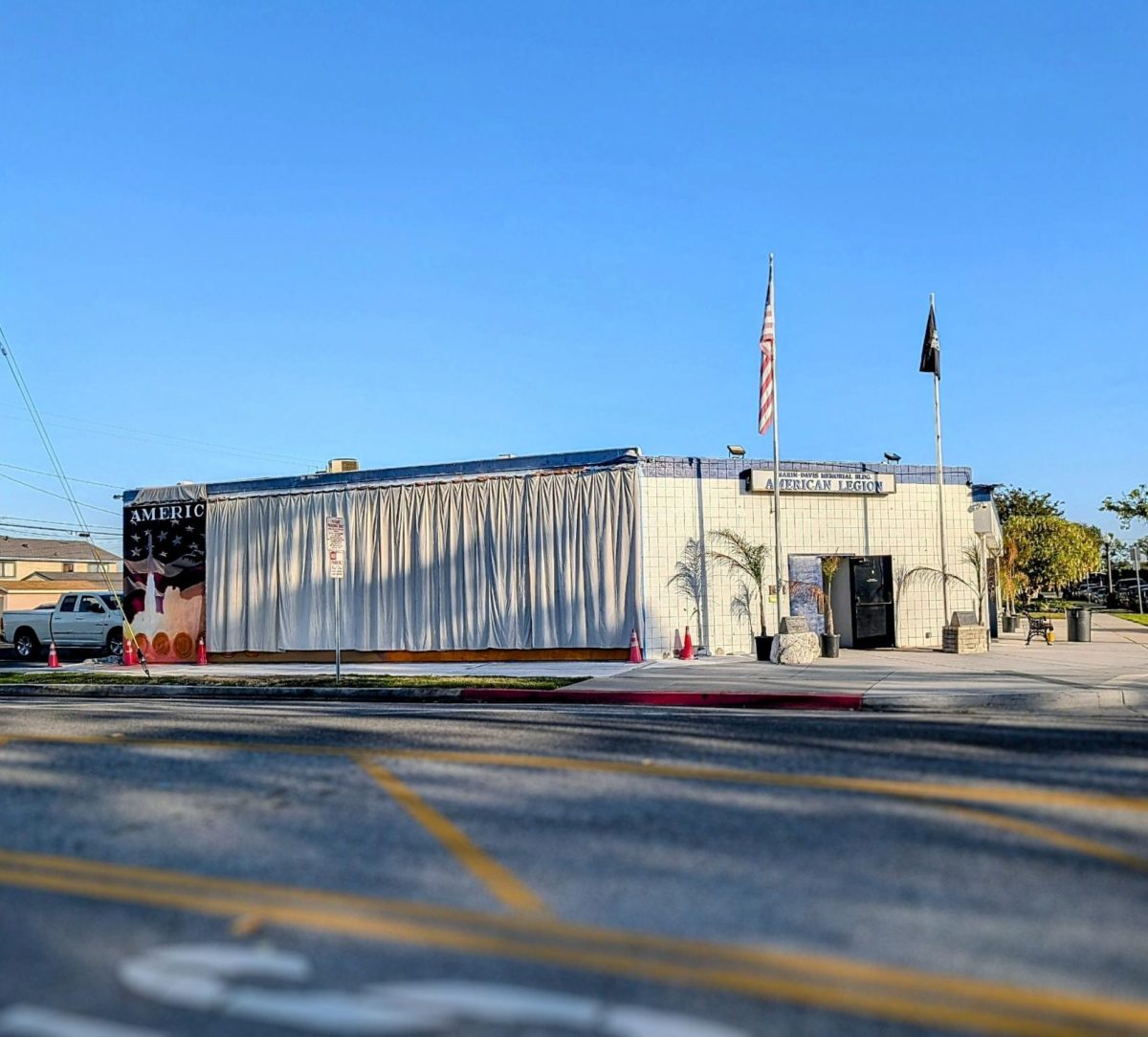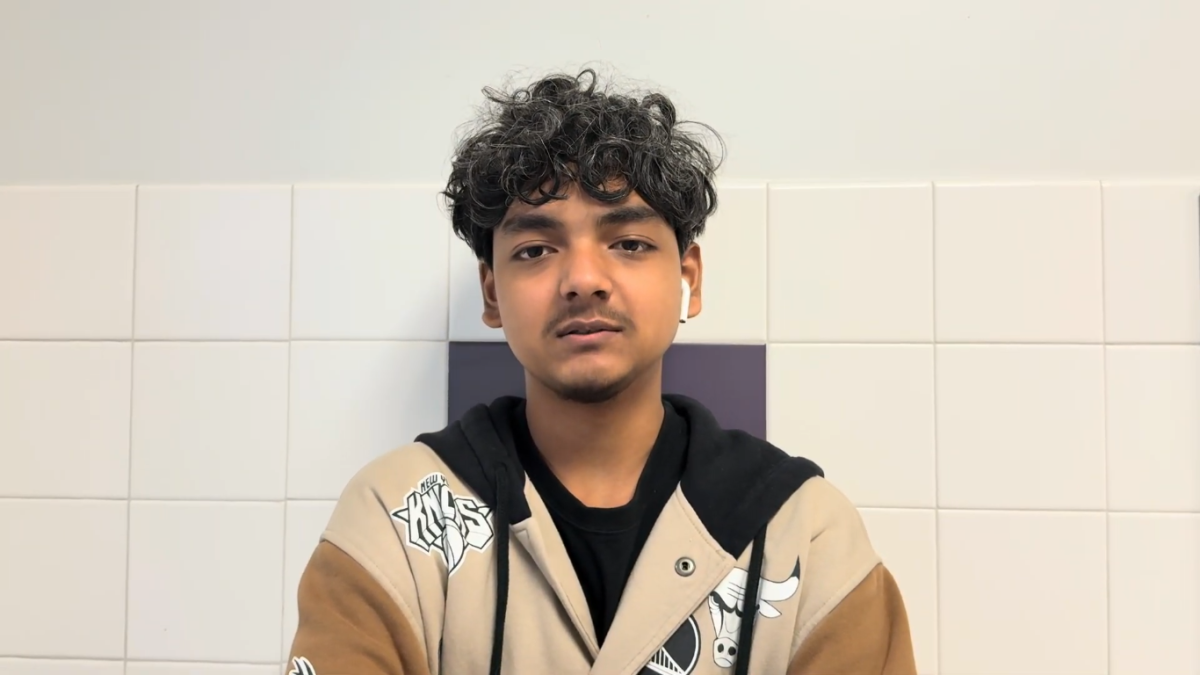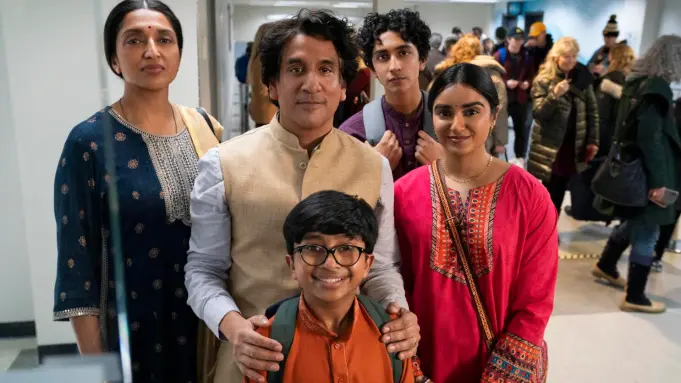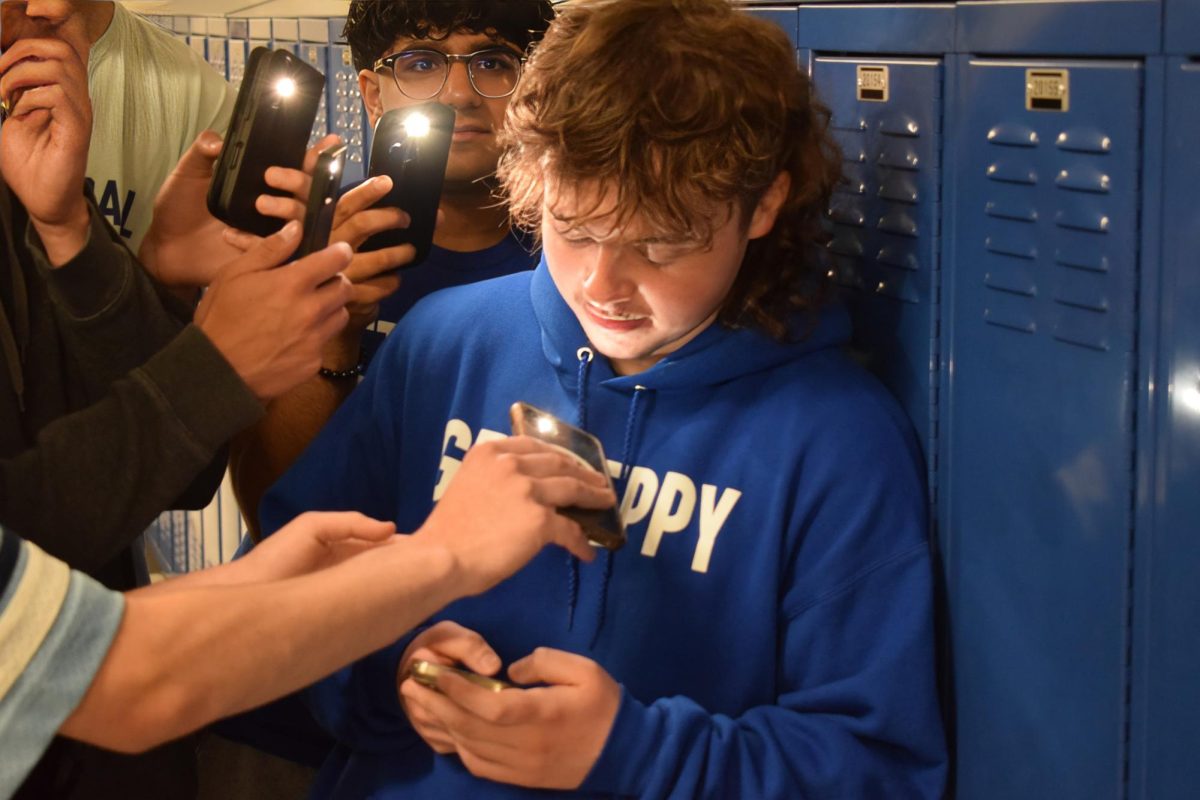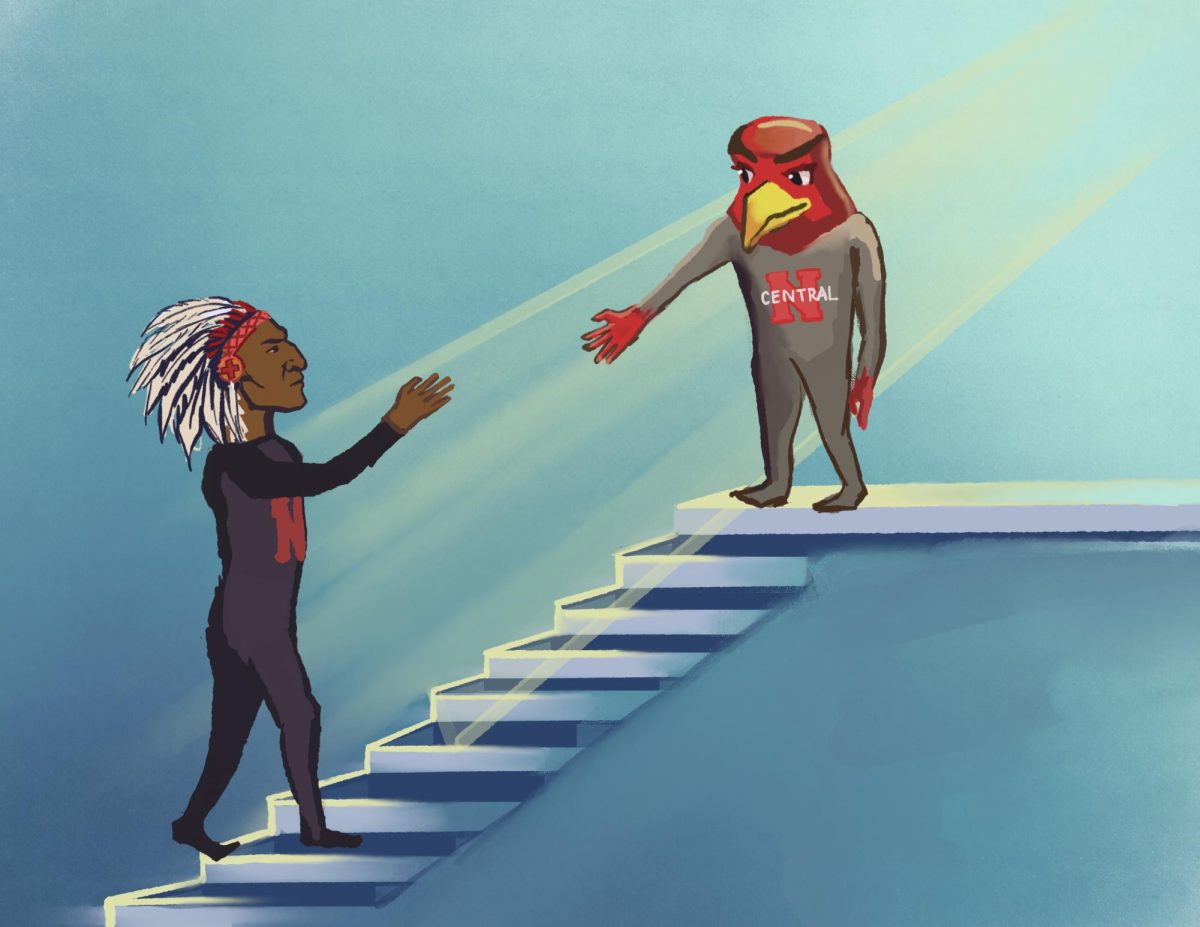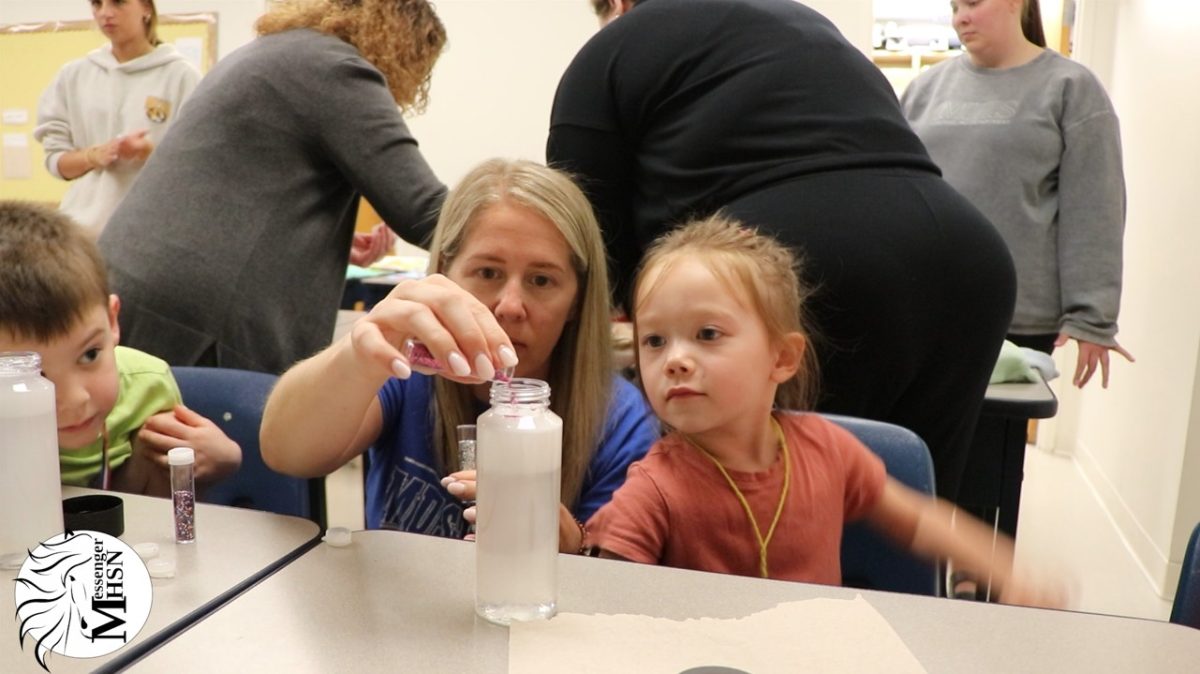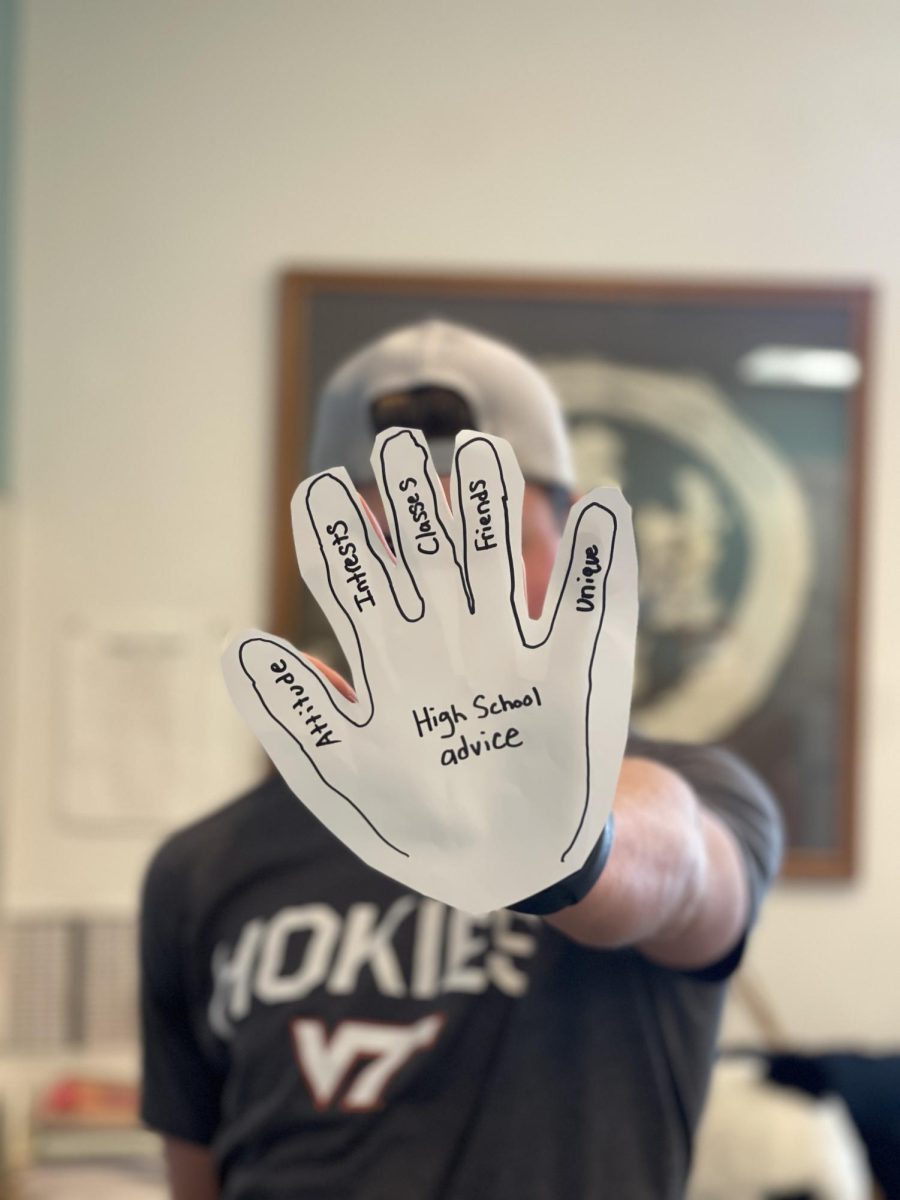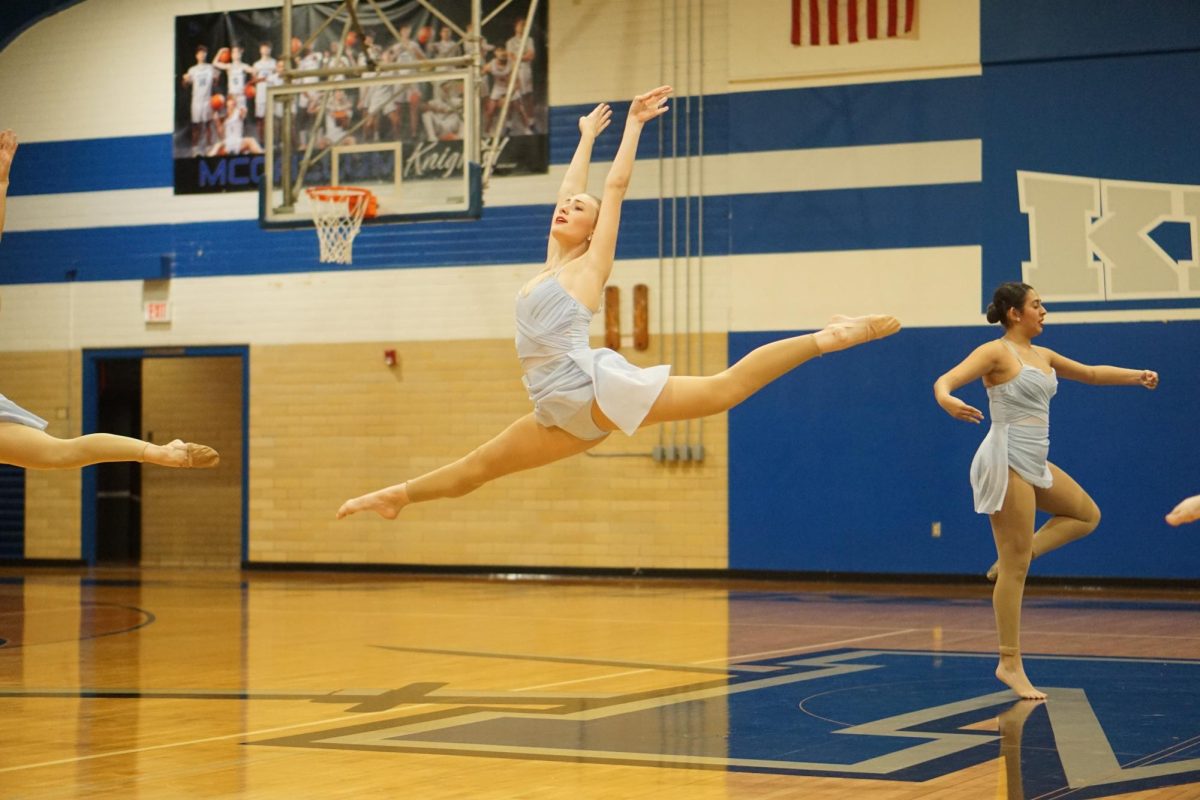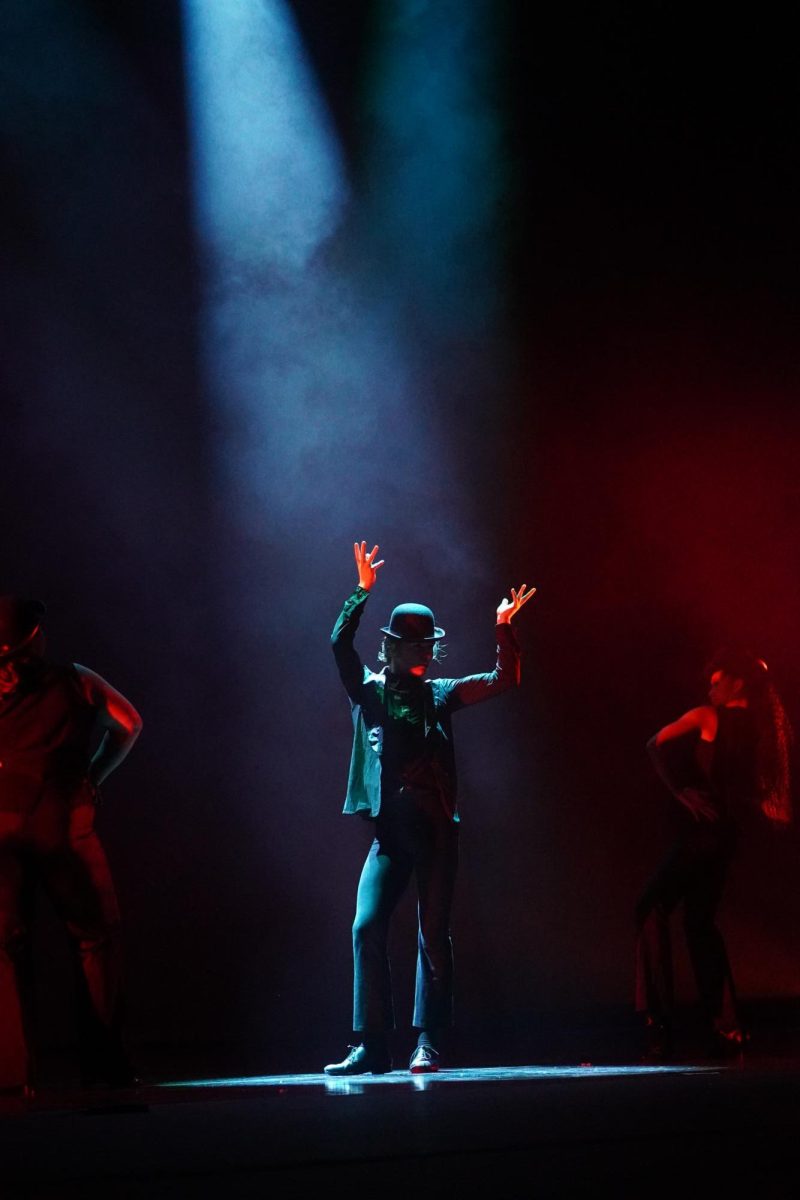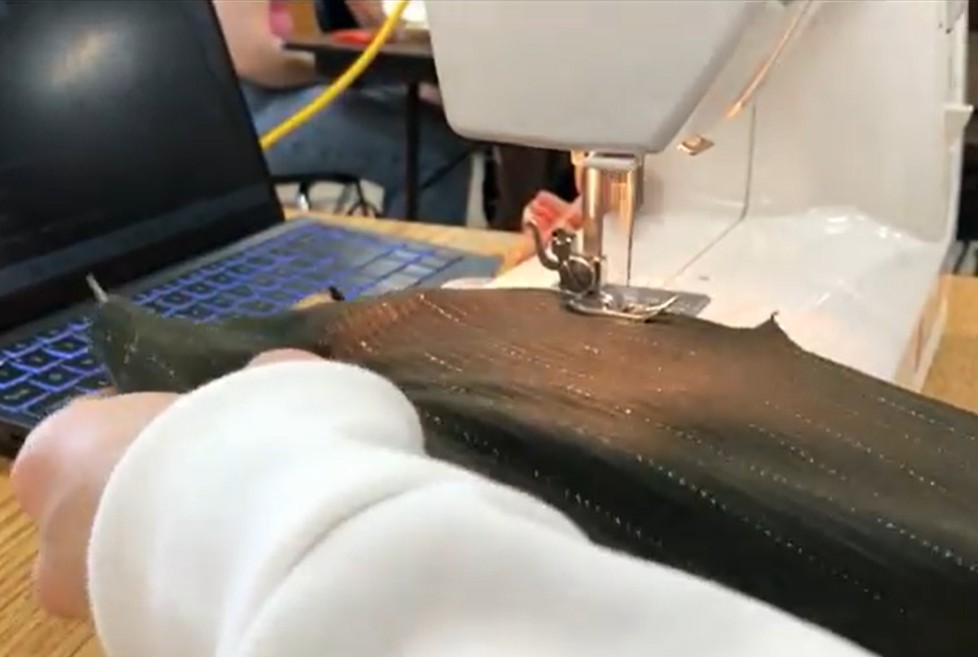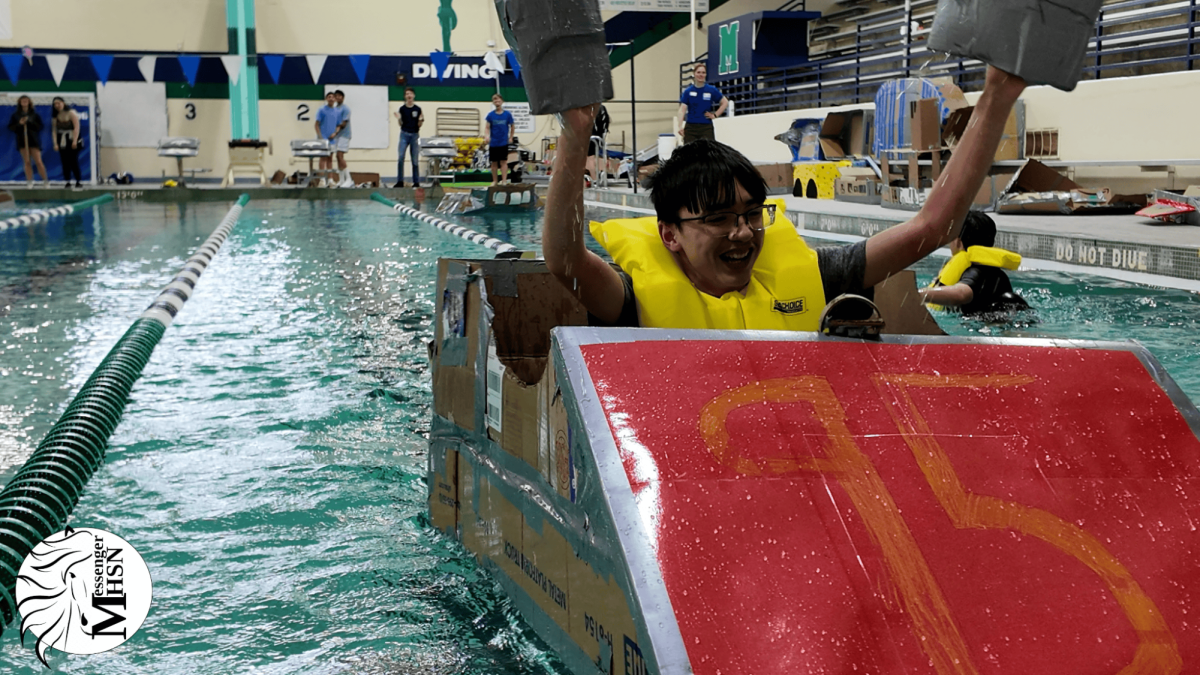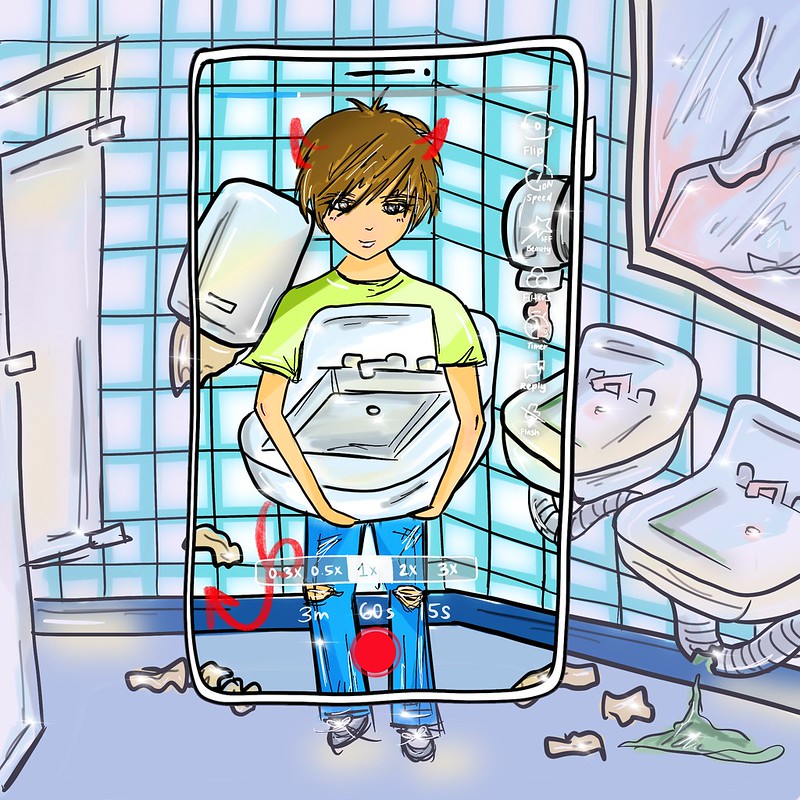Throughout the years, social media has grown into a necessity for many, a tool for discovery and self-expression and a place for communication with friends and loved ones. But, as social media use continues to increase, its darker side also takes light.
“Devious Licks,” a recent social media trend that involved the theft of school property, took place in Dougherty last September, and with missing bathroom supplies, it left its mark. Devious Licks isn’t the only illegal trend to go viral, as a new “Slap-a-teacher” trend ignited across the nation. Why do these trends go viral in the first place?
The origin of “Devious Licks” and other harmful trends
The trend first emerged on TikTok, a video-sharing platform that is used by almost 70% of American teenagers, according to a survey from investment bank Piper Sandler. Due to its popularity among high school students, TikTok has greatly influenced the overall culture and language of the new generation.
Kaitlyn Tiffany explains in a The Atlantic article, “Young people go viral on social media platforms such as Youtube and Instagram too, but [TikTok’s] algorithm pulls oddities out of the blue and pushes them into a main feed seen by millions of people.”
In fact, TikTok’s main feed is what allowed many teenagers to view reckless “Devious Licks.” On Sept. 1, a video of a teenager taking a stolen box of facial masks out of his backpack sparked a national trend, with teenagers across the United States trying to commit a “lick,” or a successful theft. With some of these videos gaining up to 7.2 million views in two days, it’s no surprise that this trend found its way to Dougherty Valley High School.
“I think that [illegal trends] have become more prevalent as students are doing these things to make themselves get more likes or finding validation through social media when that’s not the right way to get noticed,” school psychiatrist Lindsay Walker said.
Unfortunately, “Devious Licks” is far from being the first time a social media trend has swept the nation. Just a little more than a year ago, the “Benadryl challenge” emerged, where teenagers would deliberately overconsume the medication to film their hallucinations. This led to numerous cases of overdoses and even a fatality.
“The internet has become the measuring stick for young people, and its currency is how many likes and followers you have,” Samuel Jay, Ph.D., a Communication Arts and Sciences professor at MSU Red Denver said in an article titled “When Going Viral Goes Wrong.”
“Whereas kids once sought only to impress their friends, now an audience of potentially millions hovers tantalizingly within reach — if only they can do something deranged enough. And that raises the stakes exponentially,” Mark Cox wrote in the same article. The article mentioned how many young people get their validation from social media and the number of “likes,” sometimes to the point of trying life-threatening challenges for a chance at going viral.
Principal Evan Powell agrees, mentioning that the students do these trends for “the thrill of it.”
“News and facts coming from social media can cause you to go down a rabbit hole. What is important is distinguishing right from wrong, and even if you make a mistake, knowing that us educators are here to help you learn from it,” Powell said.
The pitfalls of peer pressure
The consequences of these trends are obvious, but why do teenagers willingly engage in these activities that are dangerous to themselves and others?
One reason may be the peer pressure that teens face through social media and friends.
“It’s like a hive mentality, where it feels like everyone else is doing [the trend], and you want to feel included because you think it’s cool,” Cai explained.
According to a survey done by the Pew Research Center in 2019, 67% of teenagers feel at least some pressure to fit in socially. Peer pressure largely influences high-schoolers in their decision-making and willingness to do certain activities or portray themselves in a certain way. This necessity to fit in with classmates has become even more prevalent after the shift from online to in-person school.
“We just started seeing more to a person than just their head or their Zoom nameplate. I think [these changes] were really because we started interacting with each other more, which causes us to change ourselves,” Cai explained.
While school psychologist Monica Fuller somewhat agrees with Cai on how peer pressure may contribute to the popularity of certain trends, she also thinks that in some other circumstances, students may be facing subliminal pressure that they have the ability to resist.
“I think that it comes down to making really bad choices, and being misguided, for one reason or another,” she said. “When you get deep into [the reasons], it could be things like, ‘What’s your environment like?’ and other factors like that.”
The role of mental health and one’s environment
According to Fuller, mental health can often be an underlying issue that can contribute to a student’s ability to make decisions and act recklessly.
“You really have to take into consideration any underlying issues that a person might have,” Fuller said. “Perhaps someone that is depressed and is experiencing emotions such as anger, resentment, agitation, irritability and maybe even some mood swings could be more swayed to participate in certain trends.”
While COVID-19 cases shot up in 2020, a hidden epidemic silently deteriorated high school students: mental health. According to a study done by America’s Promise Alliance, a nonprofit that strives to improve the lives of America’s youth, nearly one-third of the 3,300 high schoolers surveyed felt unhappy or depressed during the late months of 2020. Despite efforts to communicate with friends through social media platforms, about one out of four students did not feel connected to their teachers, classmates or school community.
“It’s just at our age, we’re going through a lot of academic and social pressures, so it’s just a lot of stress. I would say many teens are feeling a little emotionally unstable right now,” Cai said.
Another reason why teenagers may have a tendency to engage in risky trends such as “Devious Licks” is the environment that they have been brought up in. Dougherty Valley Wellness Center counselor Catherine Perez points out that students are often influenced by their families to engage in such actions.
“If it’s like this common thing where maybe siblings or cousins or even parents do risky stunts, [teenagers] would be more willing to engage in irresponsible behavior because they’ve seen it modeled in their home,” Perez said.
The reason behind poor-decision making and mindful media use
Science also suggests that teenagers have less developed brains than adults, which may be contributing to poor decision-making.
“The brain of an adolescent is very different from the brain of an adult,” Dr. Amir Levine— an adult, child and adolescent psychiatrist and neuroscientist at Columbia University—explained to CBS News. “The brain goes through huge changes, initially it grows and then it shrinks. It basically undergoes what we call pruning, which means that the brain becomes more efficient and it does away with neurons that it doesn’t need.”
Fuller, however, also points out that “adults can make bad decisions too,” and that the development of teenagers’ brains “is not an excuse for poor behavior, but more of a reason that can contribute to teens making poor decisions.”
In the end, students’ susceptibility to social media trends primarily comes down to time spent on social media. Social media can both negatively and positively impact students, and Fuller urges students to be mindful of how they use social media.
“You have to be mindful of what kind of emotions and thoughts are being triggered,” she said. “If you feel negative things that make you feel bad about yourself or trigger angry responses, you shouldn’t be following [those types of social media accounts]. Social media should be something that brings joy and positivity to your life, not distracts or takes away from your life.”
Perez supports the idea of mindful social media use as well.
“I think just reflecting on how social media is impacting you and your well being, and if you notice it’s getting worse, maybe take a break or limit your time on it,” she said. “Just don’t spend your whole life on [social media], missing out on the good that’s happening in your life.”
A force for good
Social media trends aren’t all disheartening, as there are a few that support good causes. After “Devious Licks,” a new social media trend emerged: “Angel’s Licks.” “Angel’s Licks” was a trend focused on giving back stolen things to the schools and people would rally to return what was stolen or replace it for the community.
Another famous trend that generated positive feelings was the “Ice Bucket Challenge,” which was a lighthearted trend that arose for a greater cause. It worked to raise awareness for Amyotrophic Lateral Sclerosis, or ALS. According to the ALS Association, the trend raised over $115 million over the summer of 2014. It brought awareness to this disease, but also spurred additional research on it.
“It [social media] can also have a positive impact on students, depending on what they look at,” Walker said. She also talks about how she uses social media to connect with family or friends from her past.
“Whatever we see on social media, we have to take it with a grain of salt. Some influencers will show you a profile full of filters, and you should take it at face value; it’s not necessarily that way. But, I know that there are a few recent ones, who will show you themselves unfiltered and who they really are. In the end, our lives in San Ramon, California are very different from that of a star in Hollywood,” Walker said.
As long as social media’s positive impacts are remembered and one limits the influence social media has on their lives by engaging in other mindful activities, students can stray away from this path of validation through “likes.”
The DVHS students engaged in “Devious Licks” faced consequences for their actions, and the trend died down soon after. However, even though the trend was no longer relevant, it left its mark on Dougherty Valley, like the other dangerous trends stained the hearts of vulnerable teenagers.
“Students should remember things like ‘I know what is right, and I know what to stand for,’” Powell said. “It’s important we have an open mind and we’re here to support all students.”
This story was originally published on Wildcat Tribune on February 7, 2022.

